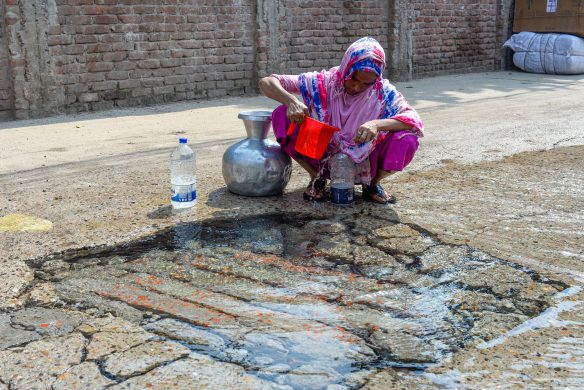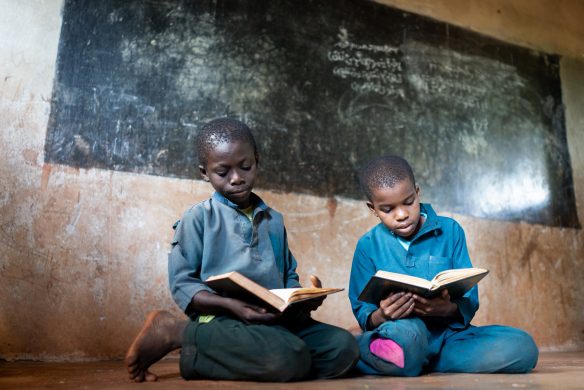SANTIAGO DE CHILE, 8 October 2009: The teenage fertility rate in Latin America is one of the highest in the world, surpassed only by sub-Saharan Africa. For this reason, teenage motherhood “is a concern and calls for urgent action,” stated experts meeting in Santiago, Chile for the regional seminar Progress and Key Actions for Implementing the Cairo Program of Action, 15 Years after Approval.
Experts from all over the continent and representatives of international agencies delivered at the end of the meeting a set of recommendations to achieve an effective implementation of the Action Program agreed upon at the International Conference on Population and Development (ICPD) held in Cairo in 1994.
The seminar is a joint initiative of the Economic Commission for Latin America and the Caribbean (ECLAC) and the United Nations Population Fund (UNFPA).
Although the average fertility rate diminished from 5,9 children in 1950-1955 to 2,4 in 2000-2005, teenagers have practically doubled their participation in total fertility, from 8,5 per cent in 1950-1955 to 14,3 per cent in 2000-2005.
Studies have shown that the information and education needed for young people to make responsible decisions continue to be insufficient, as is their access to sexual and reproductive health services.
Teenage pregnancy is both the cause and result of economic, ethnic, generational and gender inequalities. Most teenage mothers suffer social exclusion, and it is highly likely that their children will continue immersed in the same dynamics, making it more difficult to reduce poverty.
– Inequality continues to be a major obstacle to meeting the goals of the Cairo Action Plan, as well as the Millennium Development Goals, and we have to address this, said Mari Simonen, Deputy Executive Director of UNFPA.
Teenage pregnancy is only one of the multiple challenges faced by young people in Latin American, especially women, said Alicia Bárcena, Executive Secretary of ECLAC. There are 105 million young people in the region. – It is vital to increase investment, in the areas of sexual and reproductive health, education and employment for this segment of the population, she suggested.
In addition to inequality and teenage fertility, the experts cautioned about a third issue: maternal mortality. They considered unacceptable the persistence of preventable maternal mortality in the region. “We need immediate action to save the lives of women,” they stated. “Gender equality is the basis for attaining maternal health.”
In their recommendations, the experts stressed that one of the main challenges in Latin America and the Caribbean over the next few years is to innovate in policies and programs that contribute to reducing socioeconomic, gender, generational and ethnic inequality.
Kilde: www.eclac.org














